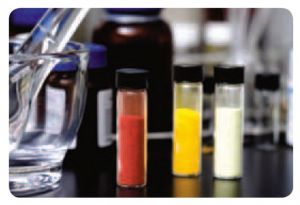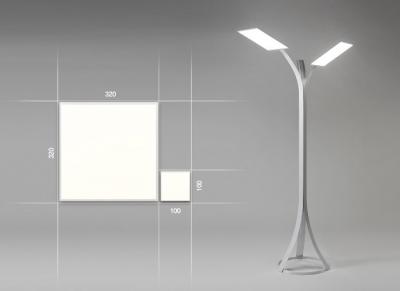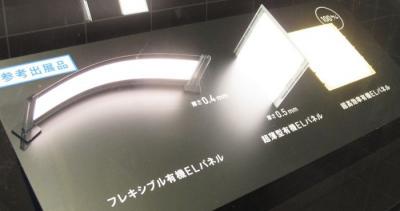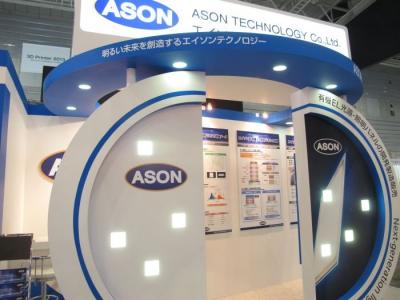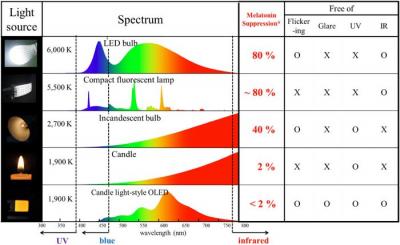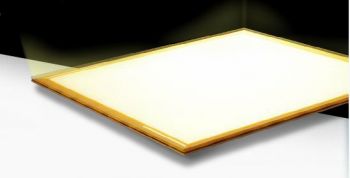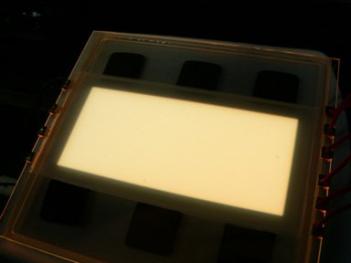Updates on Ason's OLED lighting project
Ason Technology was established in 2006 in Japan to develop OLED lighting technologies. In November 2013 Ason unveiled their first OLED lighting panel, and today we're bringing new details on the company's technology and business.
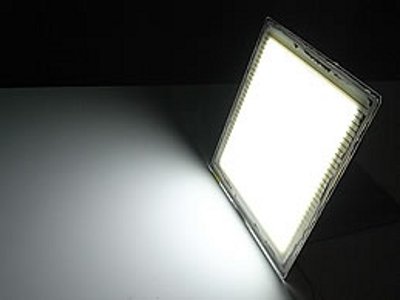
Ason spent almost eight years to develop a new multi-stack structure. Compared to the multi-photo-emission (MPE) structure developed by IMES, Ason's stack enables many layers (MPE allows up to 2 or 3 max). Stacking several layers allows the OLED panels to feature a high brightness without compromising the lifetime. In addition to the so-called Ason-Stack, the company also uses a unique diffuse reflector. Ason says that their technology will allow them to produce relatively affordable and efficient high-brightness OLEDs, which will also feature a longer lifetime and larger size compared to traditional OLED as well as no-angle dependency.



